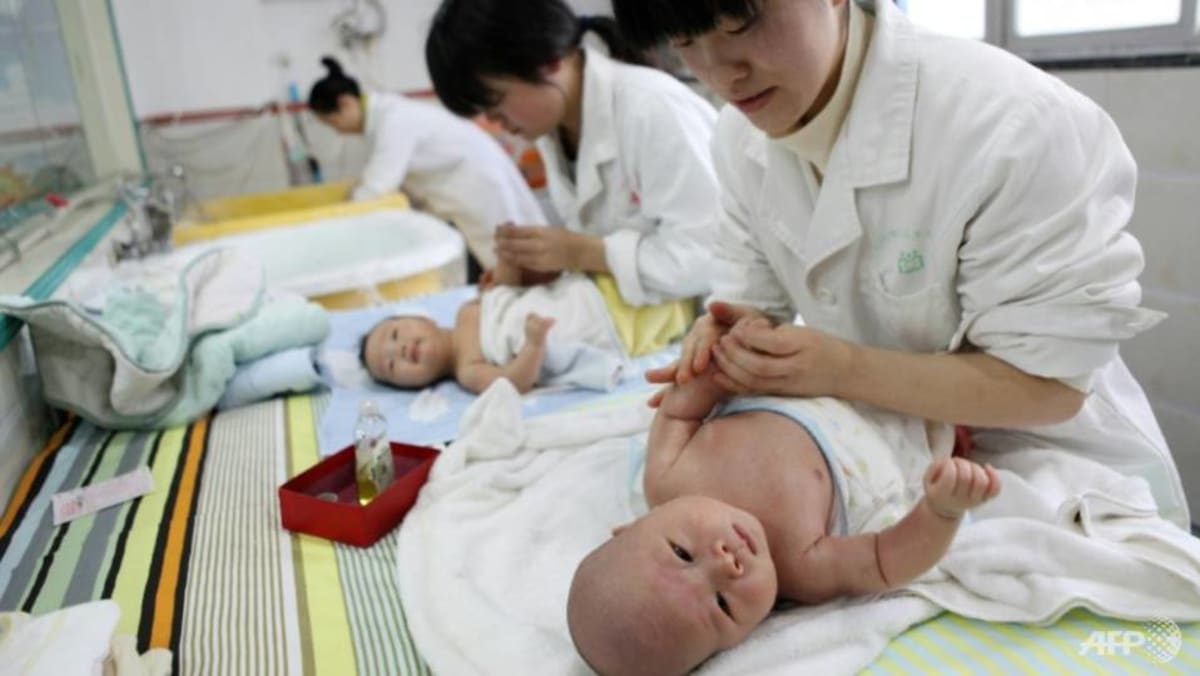Why is this happening?
Observers attributed China’s latest population decline to a wave of pandemic deaths early in 2023, after the world’s second largest economy abruptly dismantled its strict zero-COVID regime.
Last year, overall deaths went up 6.6 per cent to 11.1 million, with the death rate reaching its highest level since 1974 during the Cultural Revolution.
Meanwhile, new births fell 5.7 per cent to 9.02 million in 2023.
Births in China have been dropping for decades due to a combination of rapid urbanisation and a draconian one-child policy imposed from 1980 to 2015.
The birth rate was a record low of 6.39 per 1,000 people in 2023, down from 6.77 the previous year.
This is comparable with advanced East Asian countries like Japan – 6.3 – and South Korea at 4.9.
China is following in the footsteps of these societies, said Dr Zhao Litao, a senior research fellow with the East Asian Institute at the National University of Singapore.
Its population fall is similarly driven by long-term socio-demographic factors including delayed marriage, rising singlehood, changing lifestyles and values, and the high costs of childcare, education and housing.
In China, the average cost of raising a child until the age of 18 was 485,000 yuan (US$67,000) in 2019 – nearly seven times the country’s gross domestic product (GDP) per capita and much higher than elsewhere including the United States and Japan, according to Beijing-based think tank YuWa Population Research Institute.
Many Chinese have also chosen to shun parenthood as they continue facing job uncertainties and low wages, said observers.







